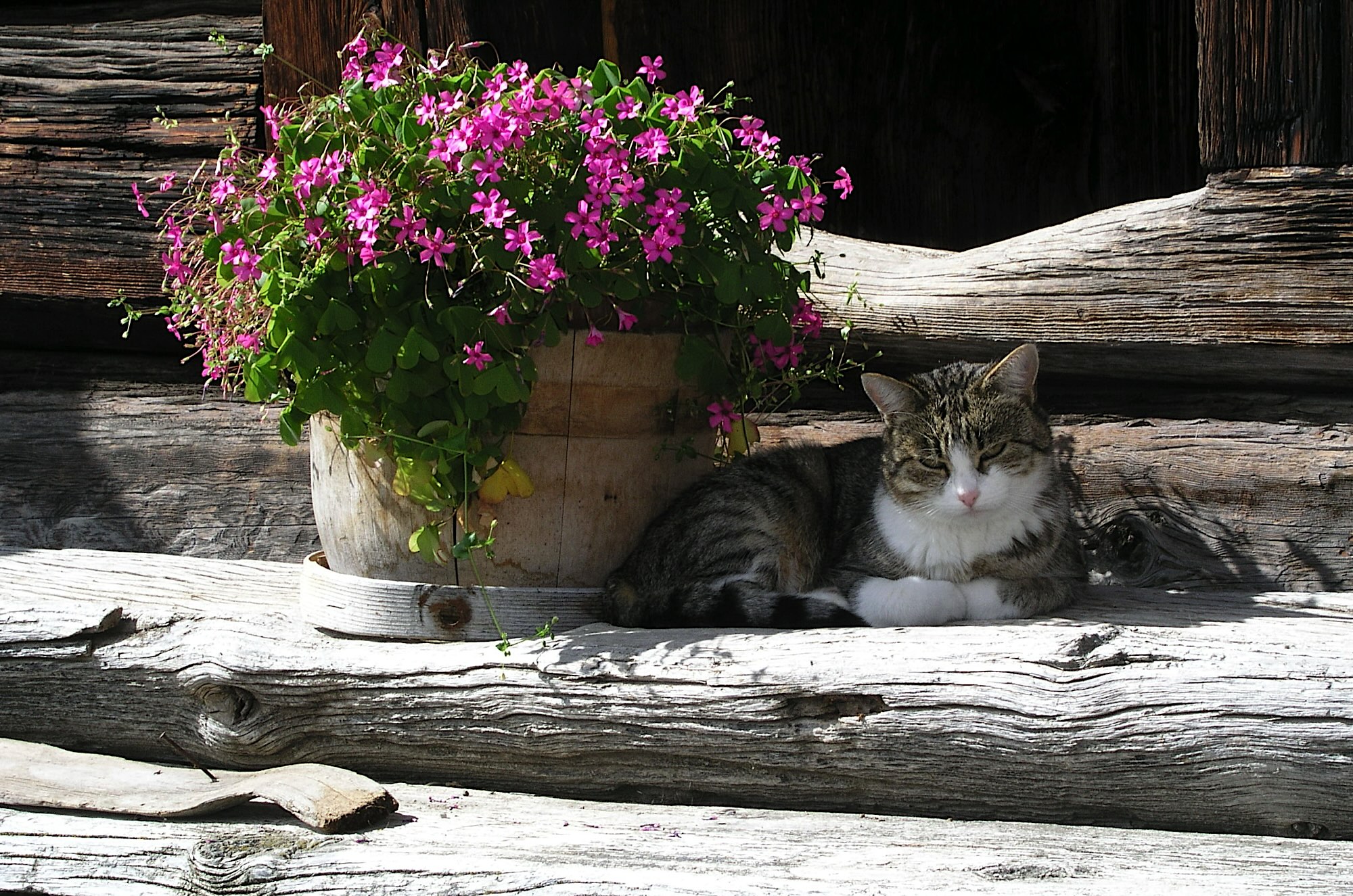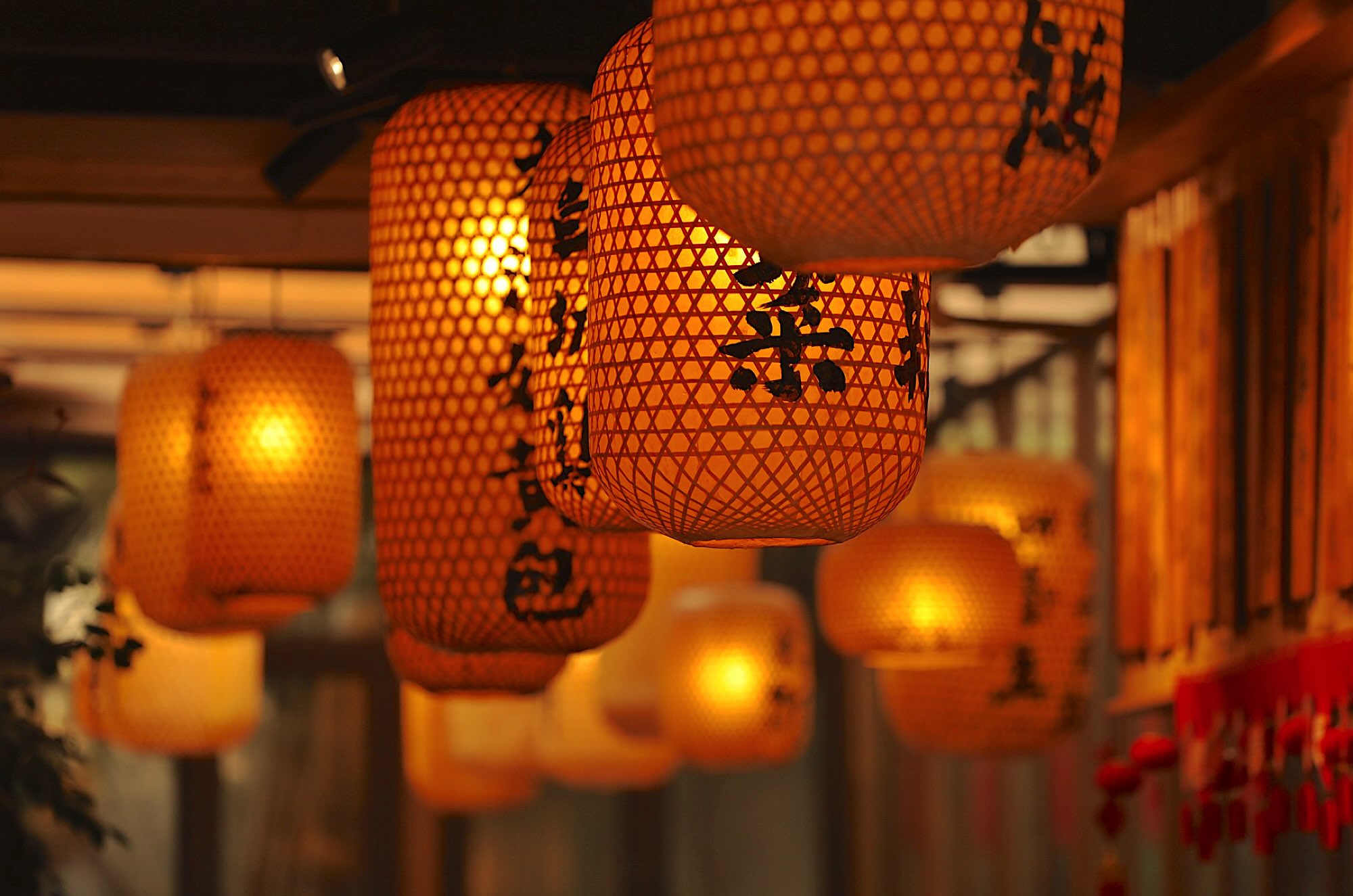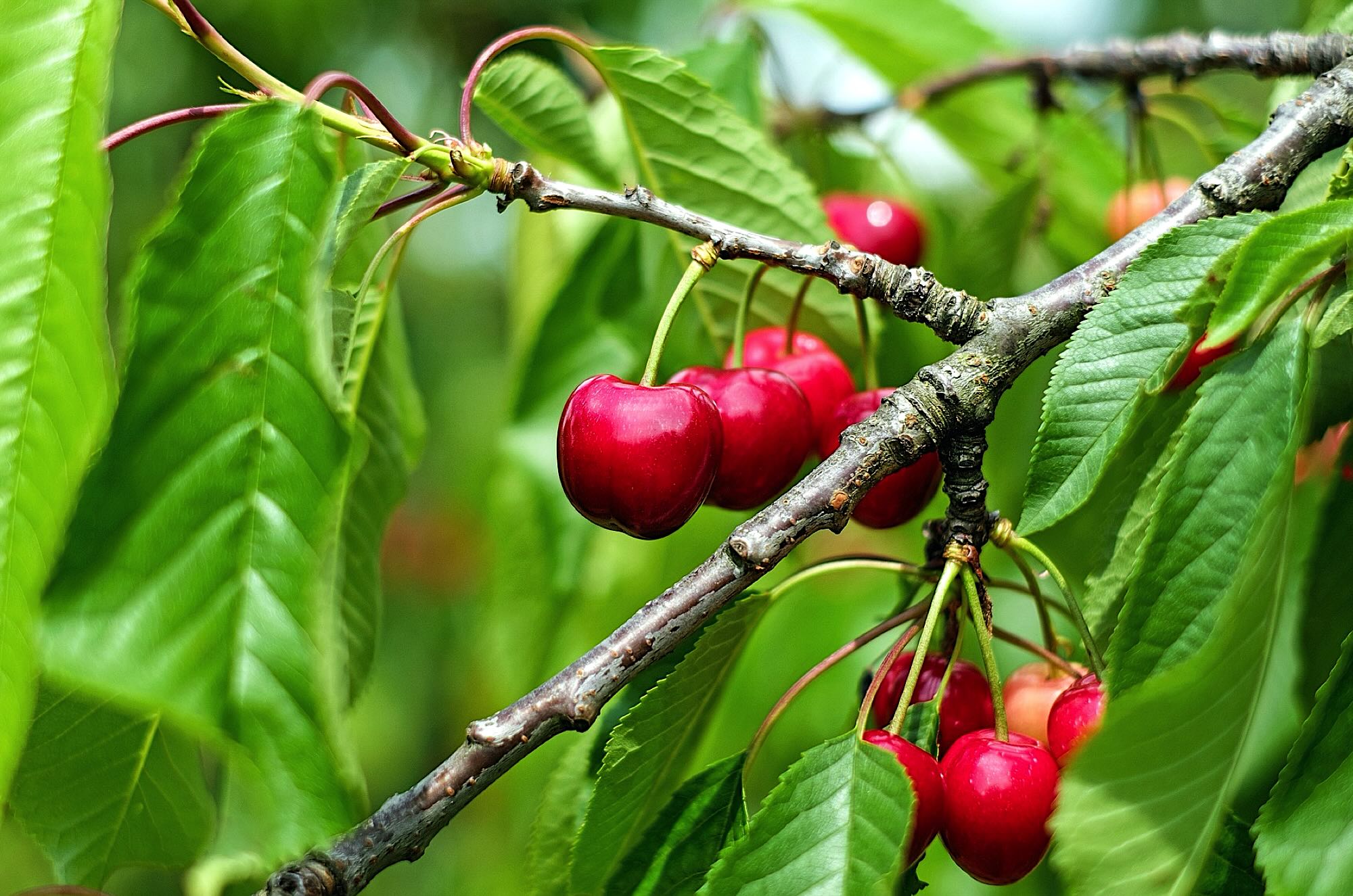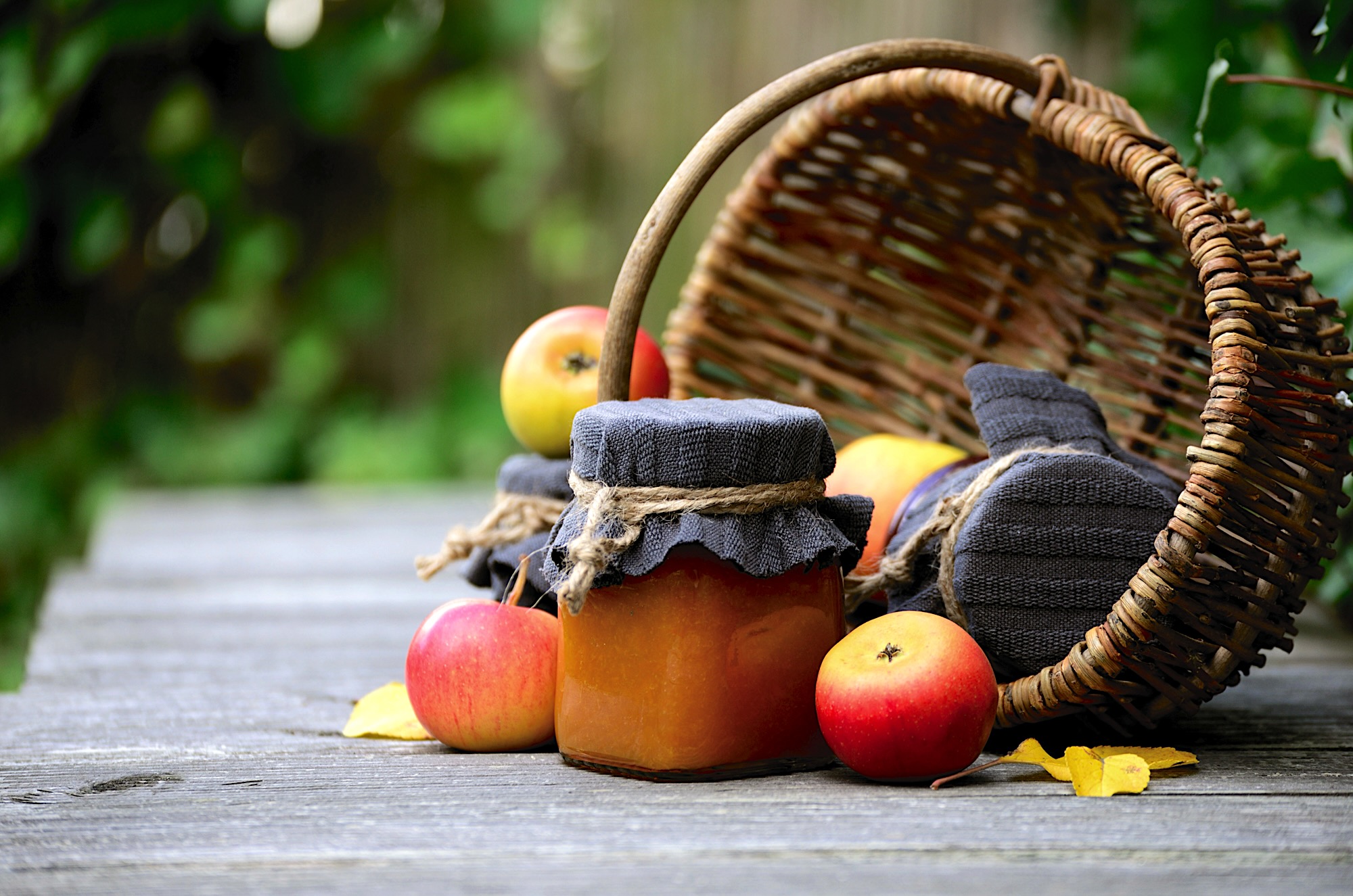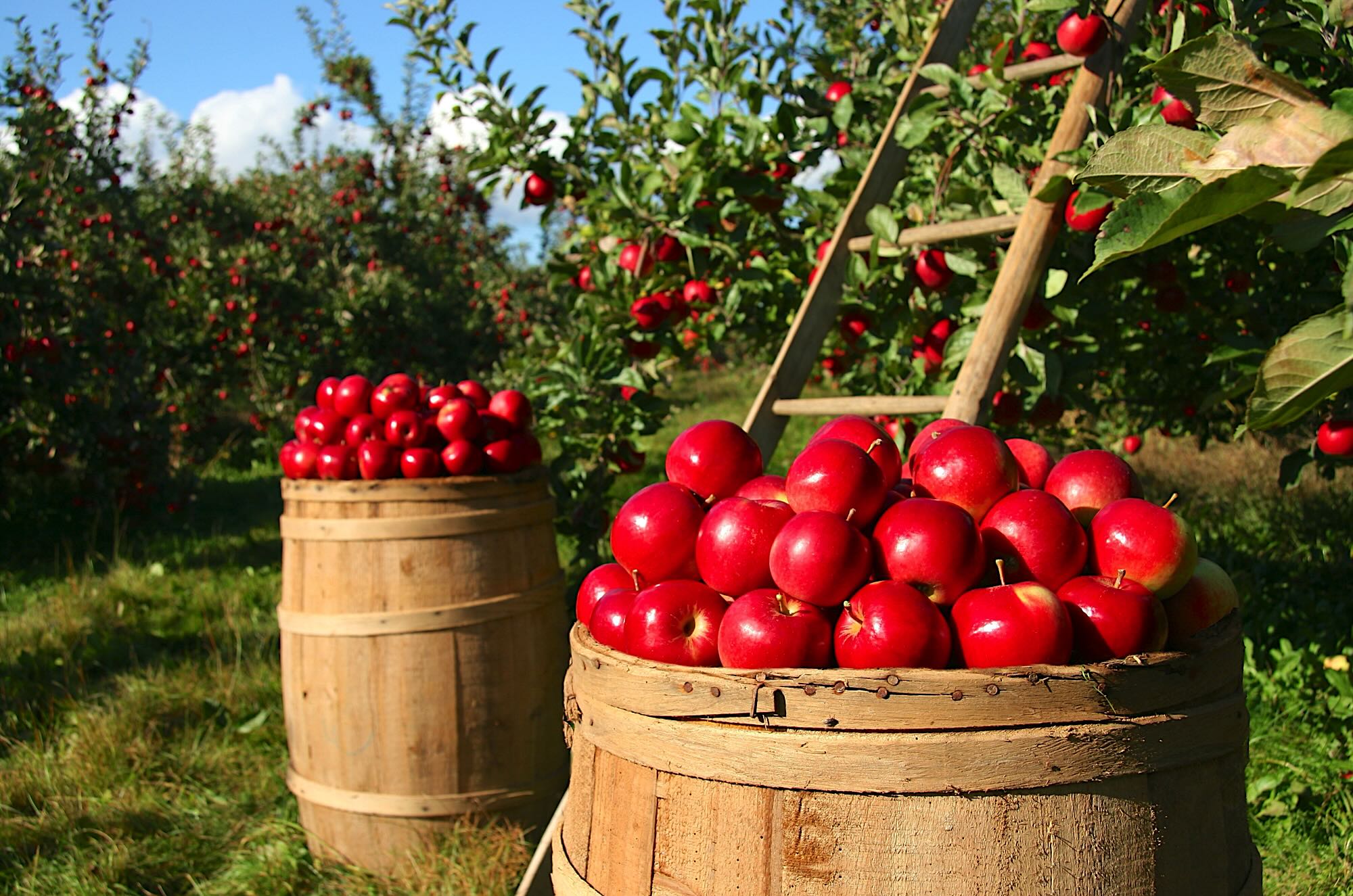Brightening Your Outdoor Space with Low-Maintenance Plants
The age-old saying goes, “April showers bring May flowers,” but why wait until May to enjoy the beauty of blooming flowers? Whether you have limited space or a busy schedule, there’s a way to brighten up your outdoor areas with easy-care plants that require minimal maintenance. In this article, we’ll explore how perennials and annuals can add color and beauty to your home, regardless of whether you have a spacious garden, a cozy balcony, or a small yard. We’ll also introduce you to some edible flowers that can enhance your culinary experiences.
Perennials vs. Annuals: Understanding the Basics
Perennials and annuals are two distinct types of flowering plants, each with its own life cycle and characteristics. Perennials are plants that have a lifespan exceeding one year, typically regrowing each spring after dying back in the winter. Some well-known perennials include roses, lavender, and peonies. In contrast, annuals complete their entire life cycle within a single growing season. They sprout from seeds, bloom, produce seeds, and wither away in the same year.
The choice between perennials and annuals comes with its own set of advantages and disadvantages. Perennials are generally more durable and require less maintenance than annuals. They offer year-round interest with their foliage, texture, and shape. However, they might take longer to establish and bloom and may need occasional dividing or pruning. On the other hand, annuals are versatile and come in a wide variety of species and colors. They can fill gaps between perennials, provide instant vibrancy, and allow you to change the look of your outdoor space each year. But they do demand more frequent watering, fertilizing, and replanting.
Selecting the Right Plants for Your Space
When choosing plants for your outdoor area, there are several crucial factors to consider. These include the size of your space, local climate conditions, soil type, sunlight availability, and watering needs. Additionally, your personal preferences for flower colors, shapes, and fragrances should guide your choices.
One of the most critical factors is the amount of sunlight your outdoor space receives. Different plants have varying light requirements, from full sun to full shade. To help you choose the right plants for your specific light conditions, here are some general examples of perennials and annuals suitable for different light situations:
Full Sun Plants
If your outdoor area enjoys abundant sunlight, you have a broad selection of plants to choose from. Some examples of perennials that thrive in full sun include:
- Coneflower (Echinacea): These hardy plants produce daisy-like flowers in various colors and are known for attracting butterflies and bees.
- Lavender (Lavandula): With fragrant spikes of purple-blue flowers, lavender is not only visually appealing but also useful in aromatherapy and cooking.
- Yarrow (Achillea): Drought-tolerant yarrow plants produce clusters of small flowers in various hues, suitable for herbal remedies and dried arrangements.
Among annuals, some that thrive in full sun are:
- Marigold (Tagetes): These cheerful plants produce bright yellow or orange flowers with a strong scent, making them great for deterring certain insects and nematodes.
- Zinnia (Zinnia): Known for their vibrant colors and large, diverse flower shapes, zinnias attract butterflies and hummingbirds and work well as cut flowers.
- Sunflower (Helianthus): Classic sunflowers produce tall stems with large, sun-following yellow flowers that provide seeds for humans or birds, or can be pressed to make oil.
Partial Sun or Partial Shade Plants
For outdoor spaces that receive a mix of sunlight and shade, here are some examples of perennials that thrive in these conditions:
- Hosta (Hosta): These versatile plants feature large, lush leaves in various colors and produce spikes of white or purple flowers.
- Columbine (Aquilegia): Delicate columbine plants have nodding flowers with long spurs in a variety of colors.
- Bleeding Heart (Dicentra): Known for their romantic charm, bleeding heart plants produce arching stems with heart-shaped flowers in pink, red, or white.
In the world of annuals, some that adapt well to partial sun or partial shade include:
- Pansy (Viola): Charming pansies feature flat-faced flowers with “faces” in various colors and patterns, making them edible and perfect for decorating salads, cakes, or drinks.
- Impatiens (Impatiens): These popular plants produce masses of flowers in numerous colors, offering a cheerful appearance suitable for bedding or containers.
- Begonia (Begonia): Versatile begonias offer a wide range of flower shapes, sizes, and colors, making them an attractive addition to both indoor and outdoor spaces.
Full Shade Plants
Even if your outdoor space receives little to no sunlight, you can still cultivate plants that thrive in full shade. Some examples of shade-loving perennials suitable for these conditions include:
- Lily of the Valley (Convallaria majalis): These fragrant plants produce clusters of small, white, bell-shaped flowers that have a sweet scent. Keep in mind that this plant is toxic if ingested.
- Fern (Pteridophyta): Graceful ferns produce feathery fronds in various shapes and sizes, adding texture and interest to shady areas.
- Hellebore (Helleborus): Winter-blooming hellebores offer cup-shaped flowers in a range of colors, with a long-lasting display ideal for cut flower arrangements.
Remember, when selecting your plants, always consider their specific care requirements and your local climate conditions to ensure they thrive in your outdoor space.
Contact us to view homes with gardens.

